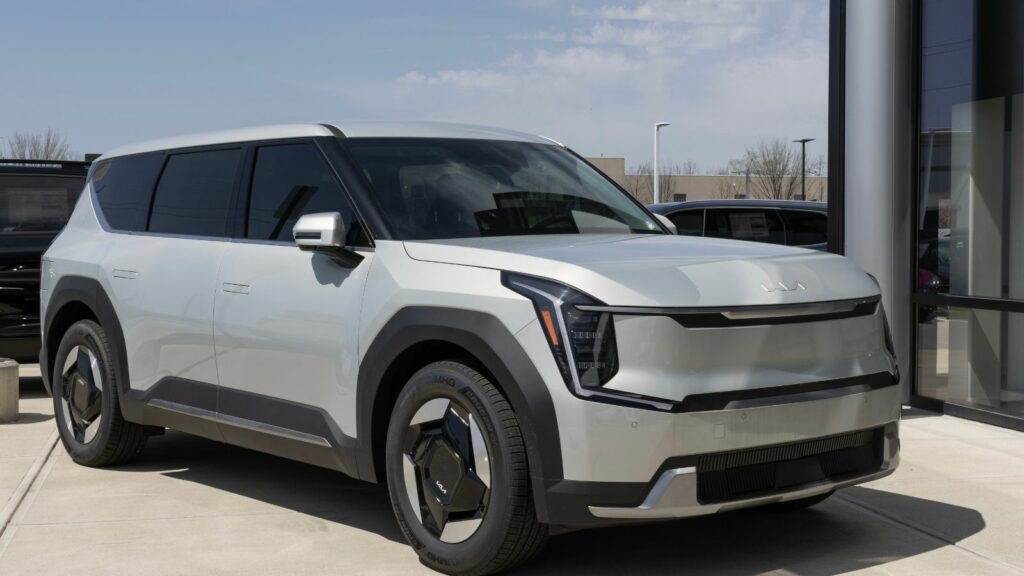As tariff tensions rise and EV production costs remain stubbornly high, many of Canada’s most accessible electric vehicles are quietly slipping beyond the average driver’s budget. Once promoted as the future of affordable, sustainable mobility, some EVs now carry premium price tags that make them feel more aspirational than attainable. These are 23 EVs that could be priced out of reach for most Canadians:
Chevrolet Bolt EUV
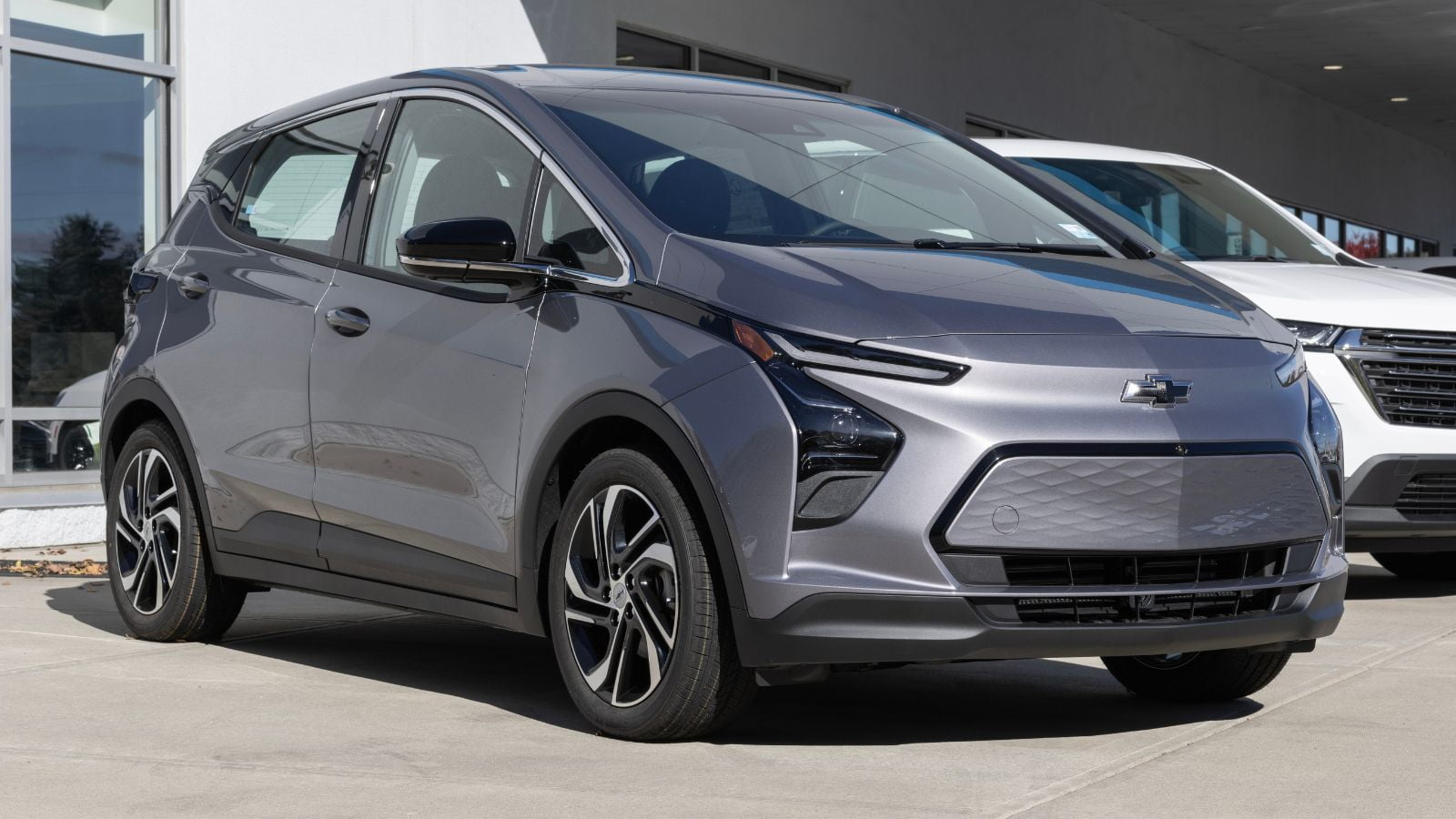
The Bolt EUV was meant to be GM’s electric answer to affordable mobility in Canada, but price jumps have changed the narrative. Starting around $44,000 and climbing quickly with trims, it’s no longer the bargain it was just a few years ago. Despite its 200 hp motor and 0-100 km/h in around 7 seconds, it lacks AWD, and the interior feels basic compared to newer rivals. With federal rebates shrinking and potential tariffs looming, the Bolt EUV’s once-solid value proposition is eroding. For cost-conscious Canadians, it may soon price itself out of serious consideration.
Hyundai Ioniq 5
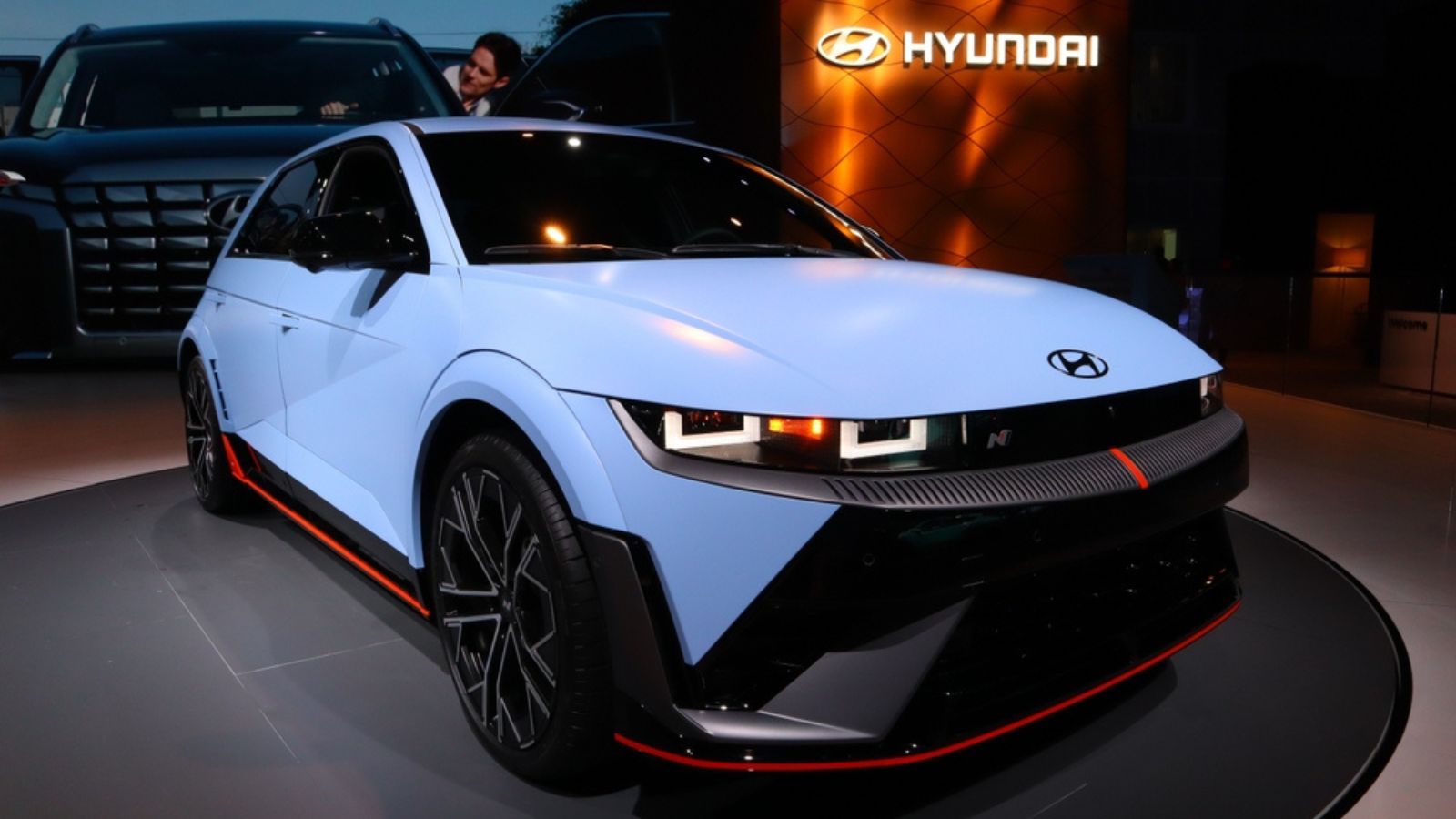
Stylish, futuristic, and wildly popular, the Hyundai Ioniq 5 has become a symbol of EV progress, yet it’s creeping into luxury territory. Dual-motor AWD trims exceed $60,000, and even base models push past $50K once dealer fees are added. It offers 320 hp and a 0-100 km/h sprint in under 5 seconds, plus a sleek, tech-forward interior with a flat floor and dual 12.3-inch displays. Still, tariffs and limited federal rebates make it harder to justify for many Canadians who initially saw the Ioniq 5 as within reach.
Tesla Model 3 Rear-Wheel Drive
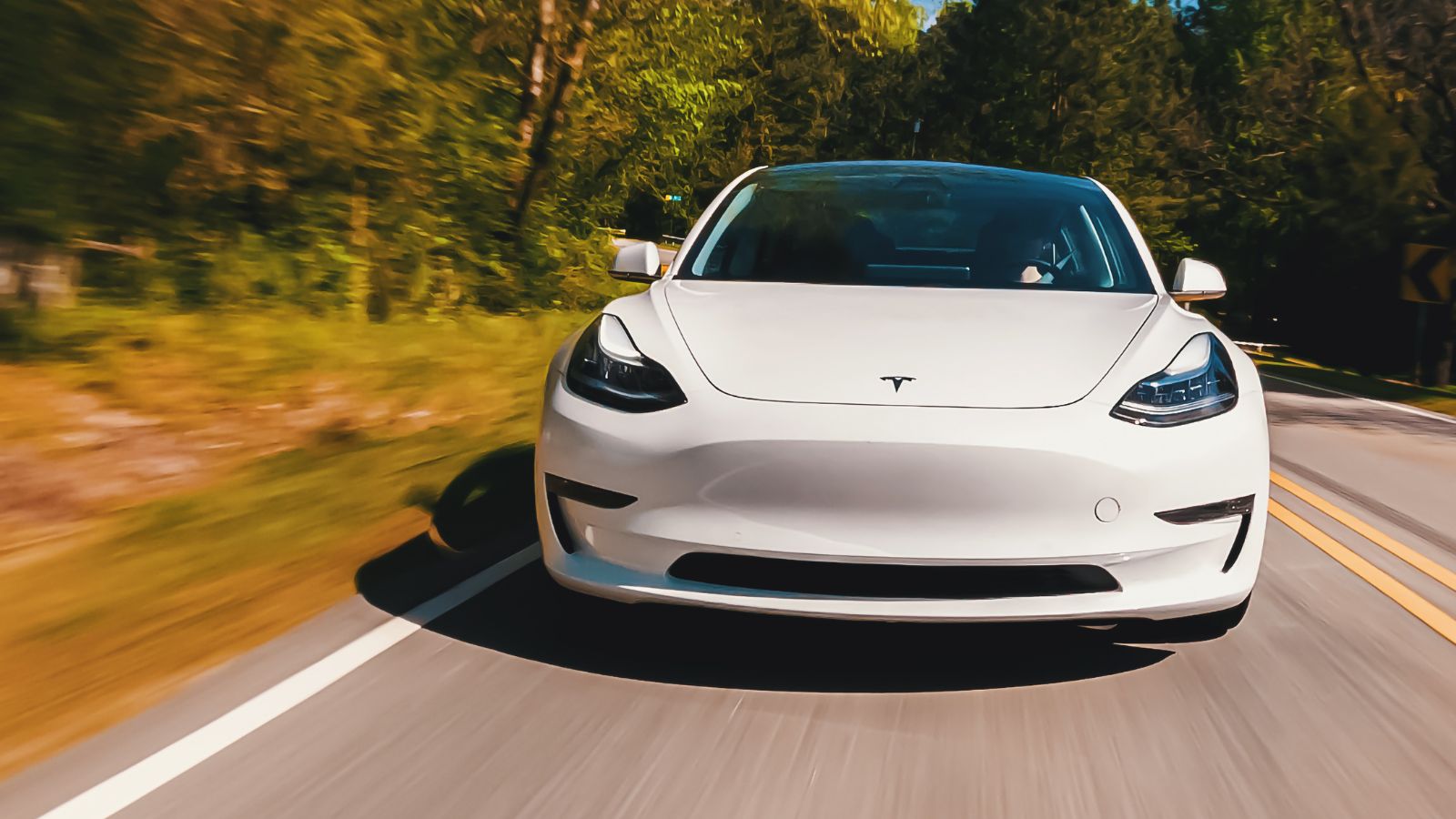
Once hailed as the everyman’s Tesla, the Model 3 RWD is inching out of affordability, especially north of the border. With a starting price now around $55,000, even before taxes and delivery, it stretches household budgets. The 283 hp motor offers a 0-100 km/h time of 6.1 seconds, and while the interior remains minimalist and functional, it lacks the premium feel expected at this price. Throw in charger installation costs and upcoming tariff uncertainties, and many Canadians are finding the Model 3 less compelling.
Ford Mustang Mach-E Premium AWD
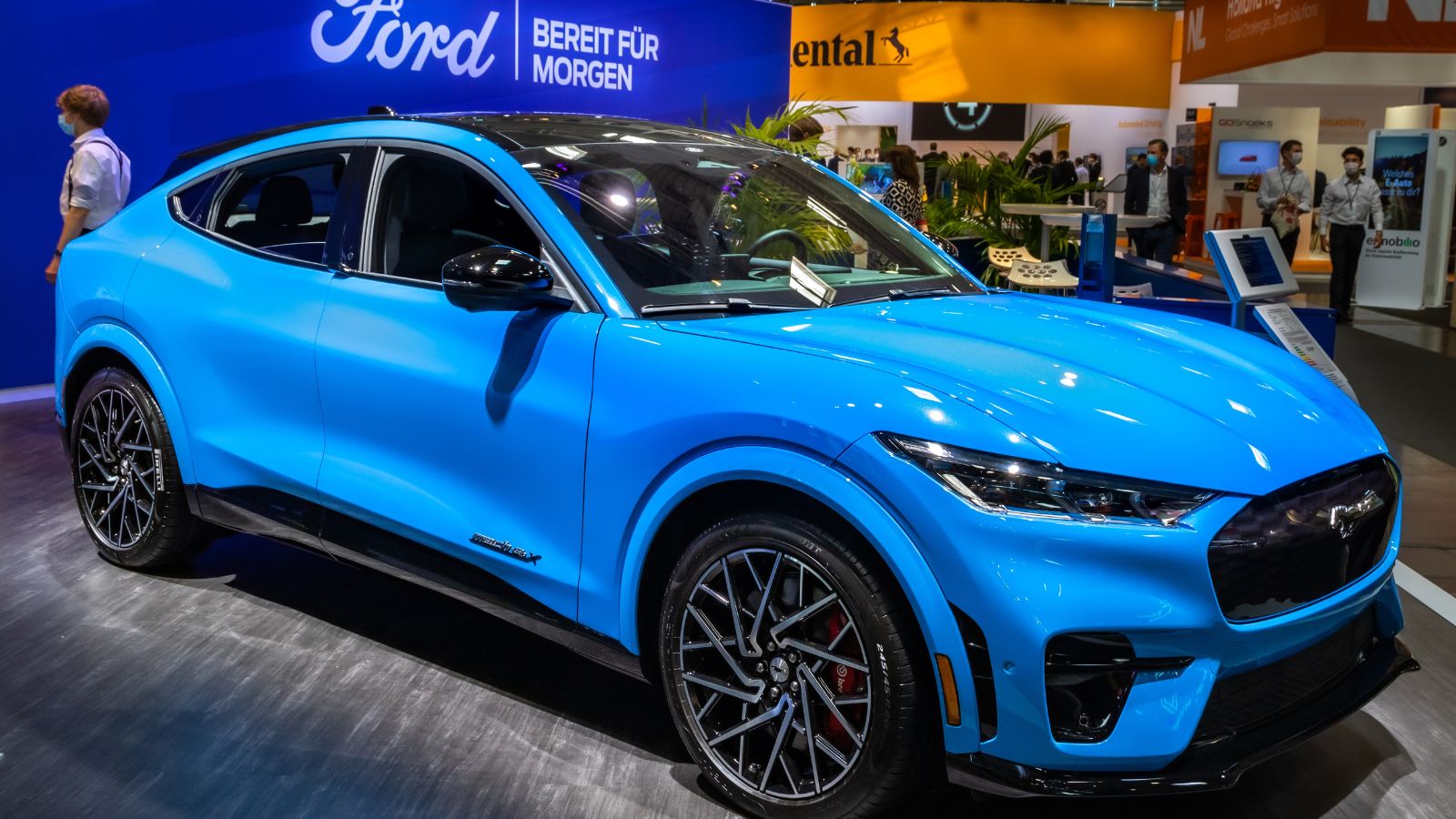
The Mach-E was designed to lure Canadians into EVs with style and sportiness, but its pricing now borders on luxury. The Premium AWD version boasts 346 hp and accelerates from 0-100 km/h in about 5.2 seconds. It features a massive 15.5-inch touchscreen and leatherette interiors, but with an MSRP near $65,000, it’s pricing out the middle class. Federal and provincial incentives barely put a dent in the rising monthly payments. For a vehicle touted initially as a mainstream EV contender, the Mach-E is becoming less of a Ford for the people and more of a financial stretch for most households.
Volkswagen ID.4 Pro AWD
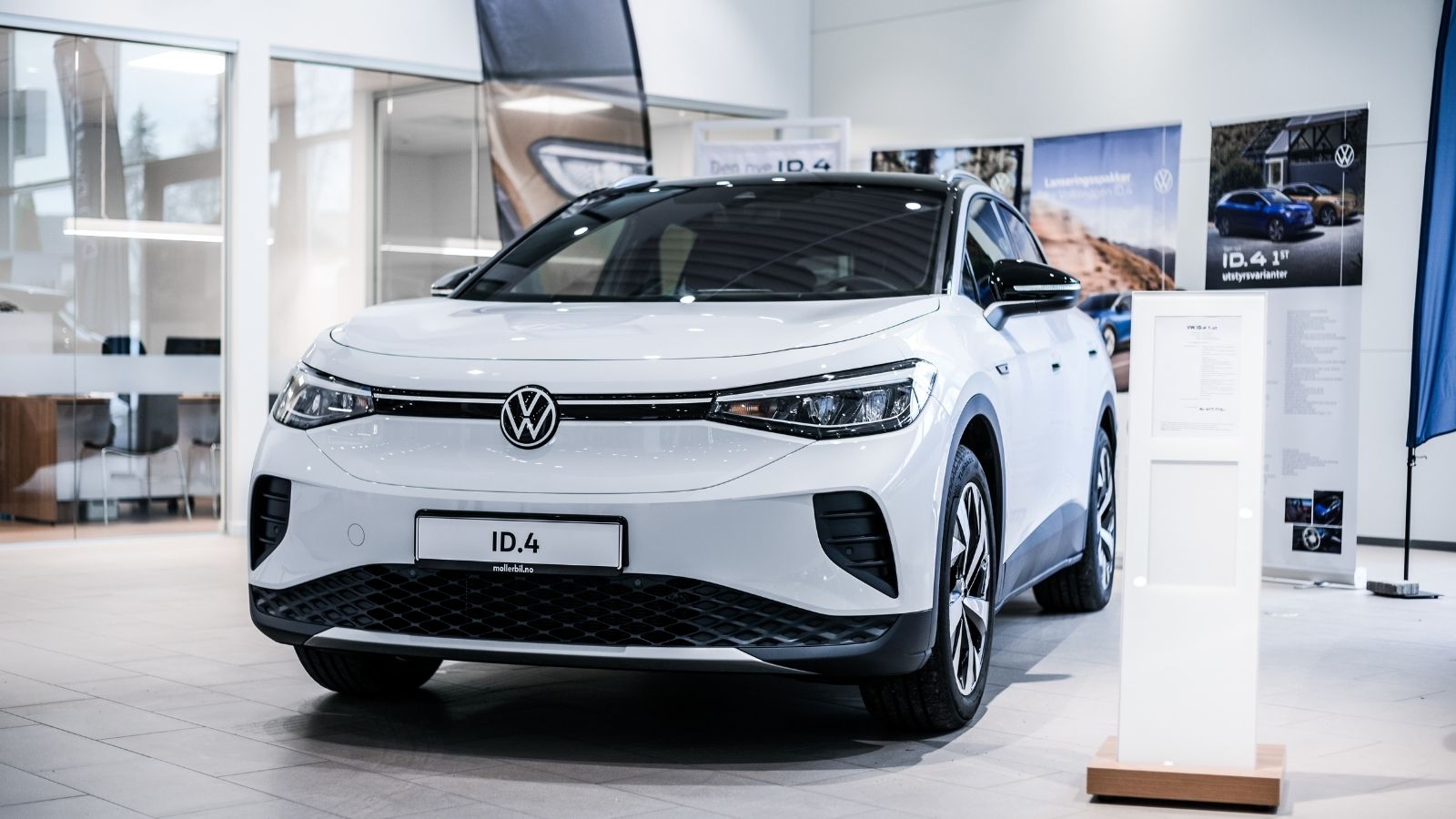
The ID.4 was VW’s entry into the Canadian EV mainstream, but rising costs may knock it out of that bracket. The AWD Pro model produces 295 hp and accelerates from 0-100 km/h in just over 5.5 seconds. The cabin is minimalist, with a 12-inch touchscreen and generous passenger space, but the material quality falls short of premium. Pricing now starts at roughly $56,000, with minimal wiggle room from dealerships, but with upcoming tariffs potentially affecting imported parts and final assembly, the ID.4 risks losing its identity as a mass-market EV, especially for price-sensitive Canadian buyers.
Nissan Ariya Evolve+ AWD
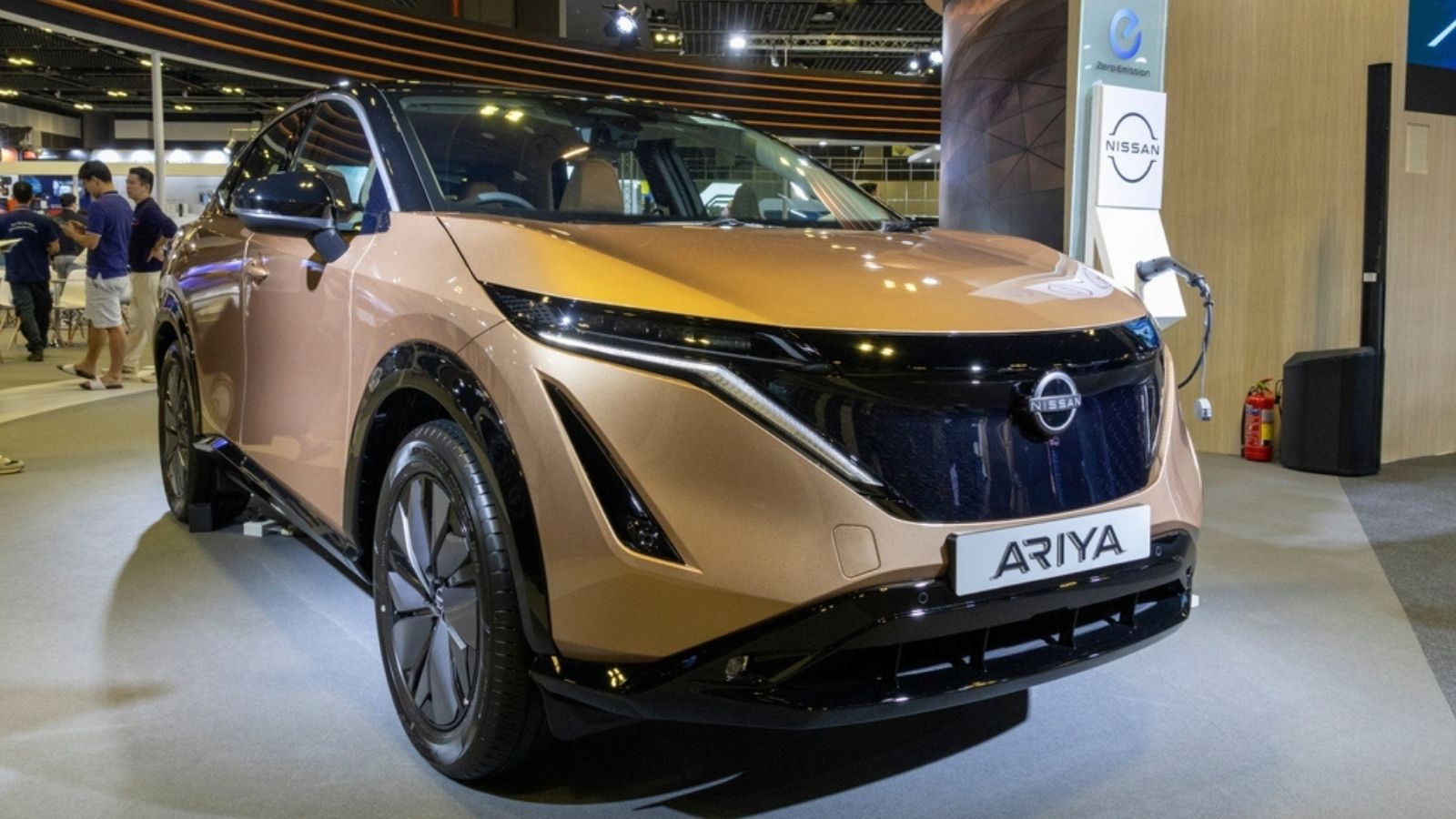
The Ariya was Nissan’s long-awaited leap into the EV era, but its Evolve+ AWD trim is becoming financially out of step for many Canadians. Starting at over $63,000, it delivers 389 hp and 0-100 km/h in just 5.1 seconds, rivaling performance-focused SUVs. The interior is sleek and calming, with a minimalist dash design and premium materials. But with EV incentives shrinking and tariffs threatening battery supply costs, the Ariya’s price feels increasingly out of sync with its mass-market branding, as it has become an upscale option with a tough monthly payment.
Kia EV6 GT-Line AWD
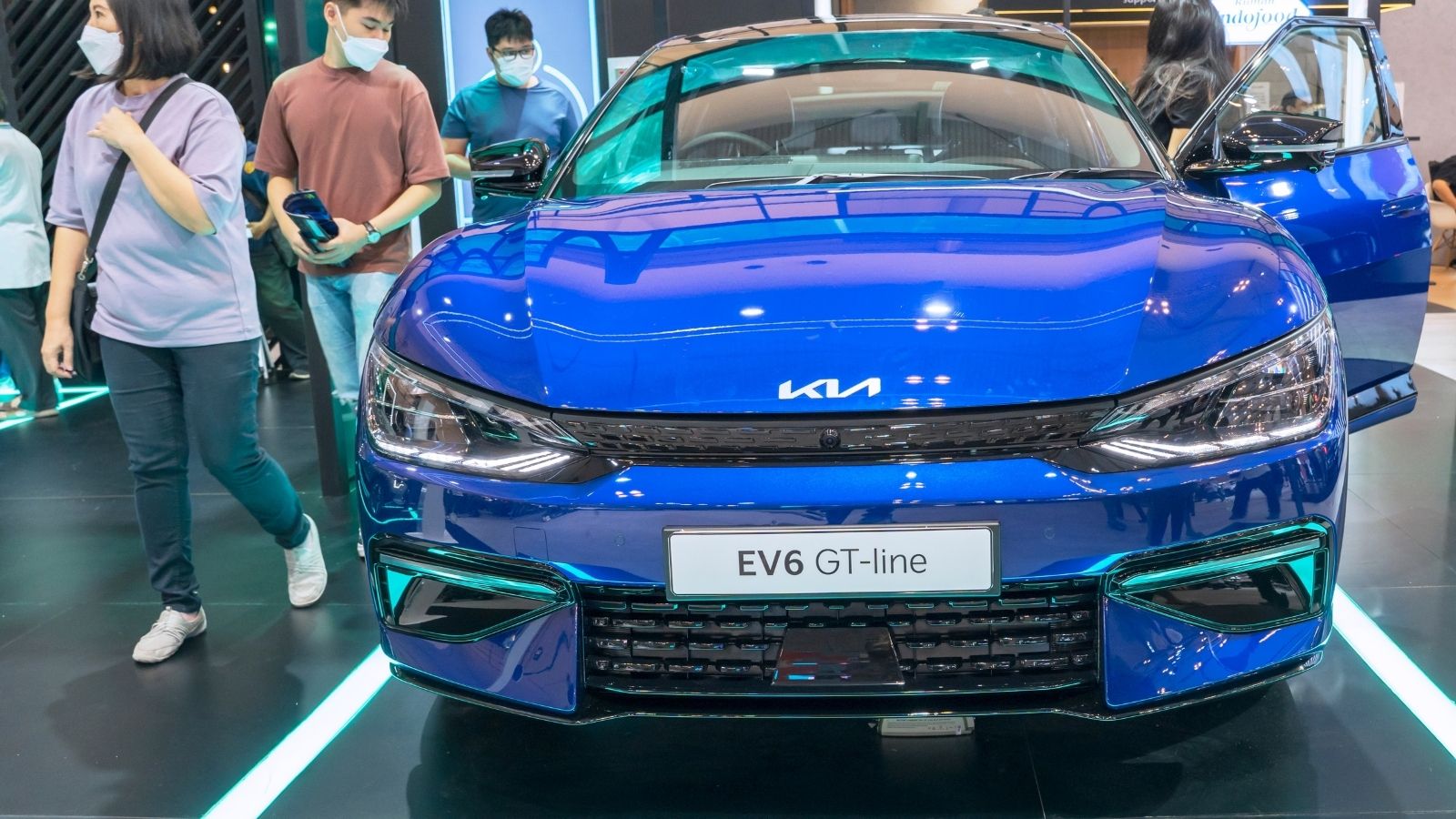
Kia’s EV6 made waves for its bold styling and sharp performance, but the GT-Line AWD is quickly sliding into luxury territory. With 320 hp and a 0-100 km/h time of 5.1 seconds, the power is there, but so is the price, now around $62,000. Inside, it boasts vegan leather, dual curved screens, and a futuristic layout. But rising costs, driven by tariffs and supply chain volatility, make it less viable for Canadians seeking a budget-friendly EV.
Toyota bZ4X XLE AWD
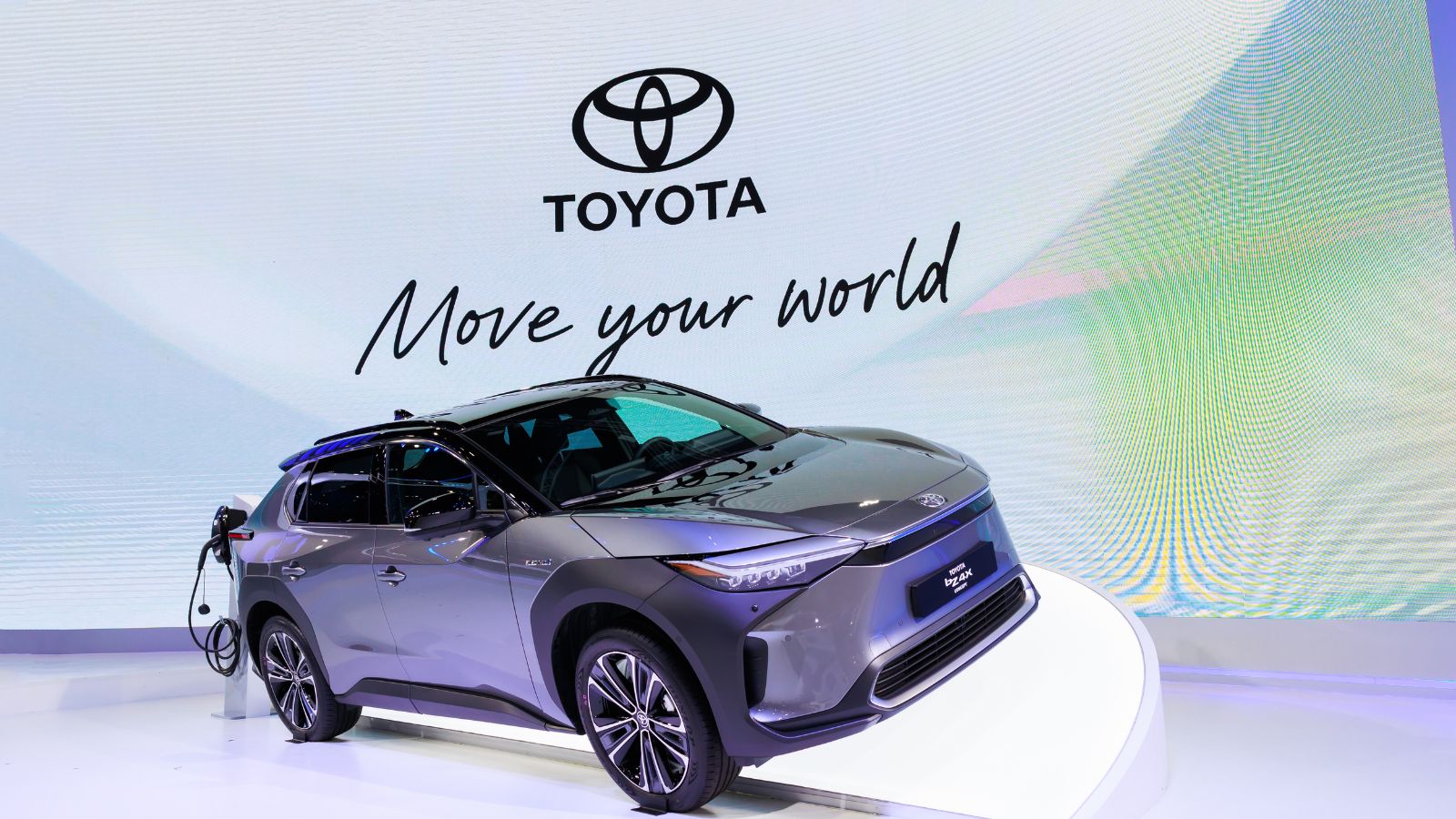
The Toyota bZ4X XLE AWD promised to bring Toyota reliability to the EV market, but pricing and performance are becoming sticking points. With 214 hp and a sluggish 0-100 km/h time of 7.1 seconds, it’s not the quickest EV on the road. Still, it commands nearly $53,000 53,000before options and its interior. Although clean and intuitive, it feels more like economy than premium. When you add increasing tariffs and the relatively short range compared to rivals, the bZ4X struggles to justify its price as it falls out of favor fast.
9 BMW i4 eDrive35
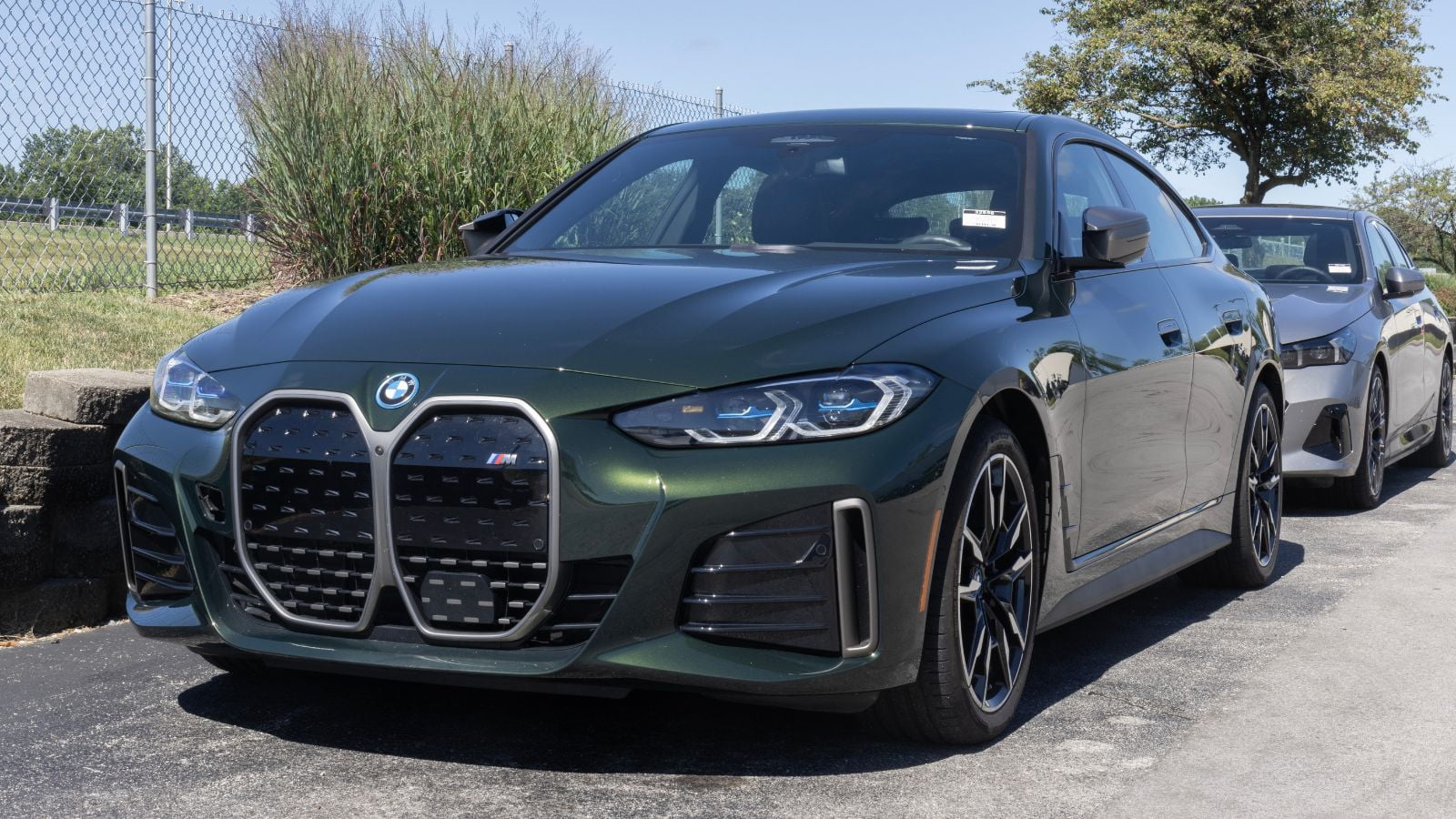
The BMW i4 eDrive35 offers classic Bavarian design in an EV shell, but its starting price of nearly $55,000 is only the beginning. Add standard upgrades, and you’re quickly looking at $65,000 or more. It’s powered by a 281 hp motor with a 0-100 km/h sprint in 6 seconds, and the cabin is unmistakably BMW, with digital displays and refined materials. Still, looming tariffs and rising battery costs could push the i4 well out of reach for everyday Canadian drivers.
10 Subaru Solterra Limited AWD
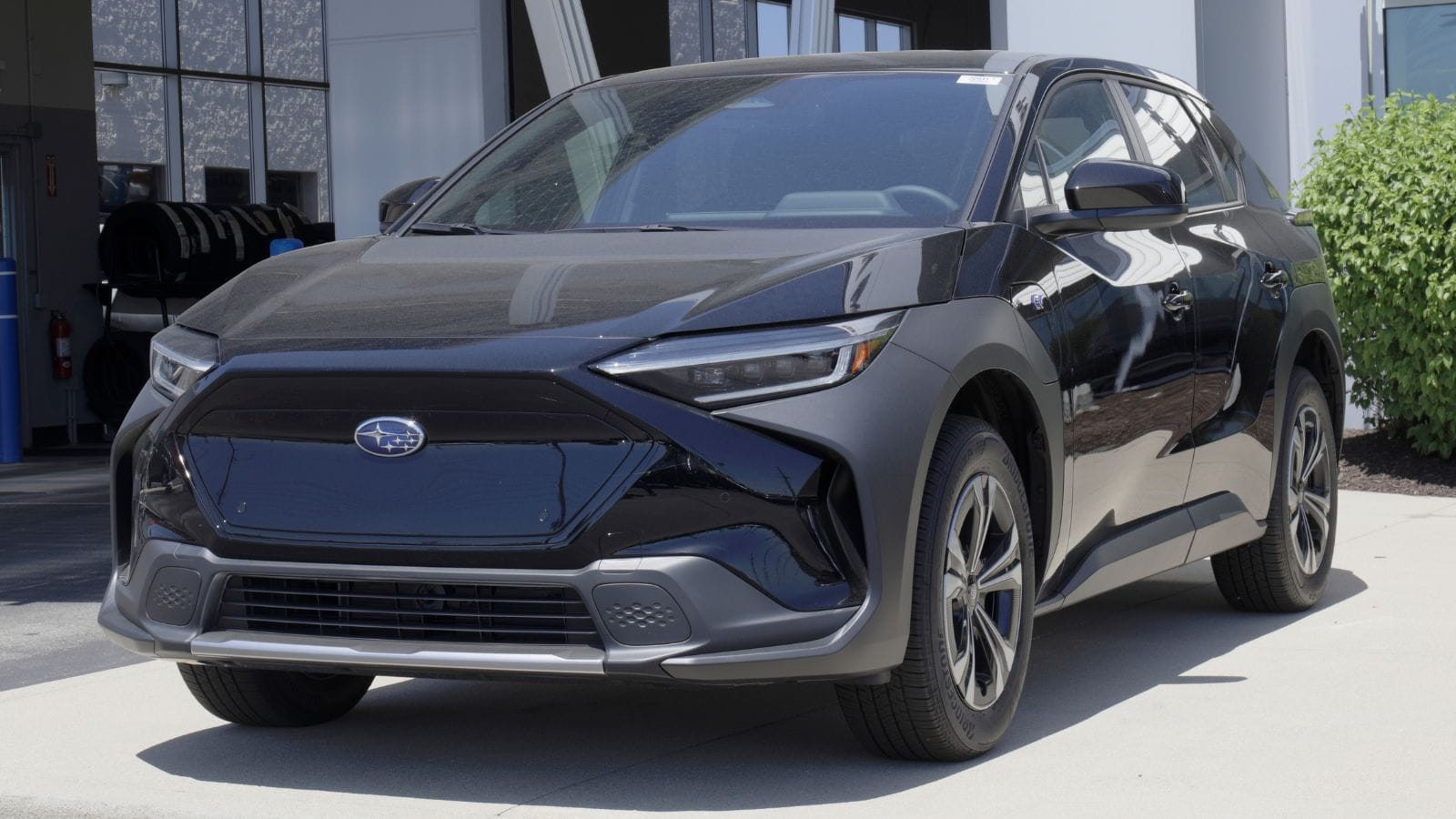
The Subaru Solterra Limited AWD delivers all-wheel-drive confidence and eco-conscious intentions, but not the affordability Subaru fans expect. Priced from nearly $56,000, it delivers 215 hp and goes from 0-100 km/h in a leisurely 6.9 seconds. The cabin is well-equipped with a large central screen and sustainable materials, but it lacks the refinement and range to justify the sticker price. With few discounts available and tariffs threatening additional hikes, the Solterra may be more of a boutique item than a mainstream choice.
Volvo XC40 Recharge Twin Ultimate
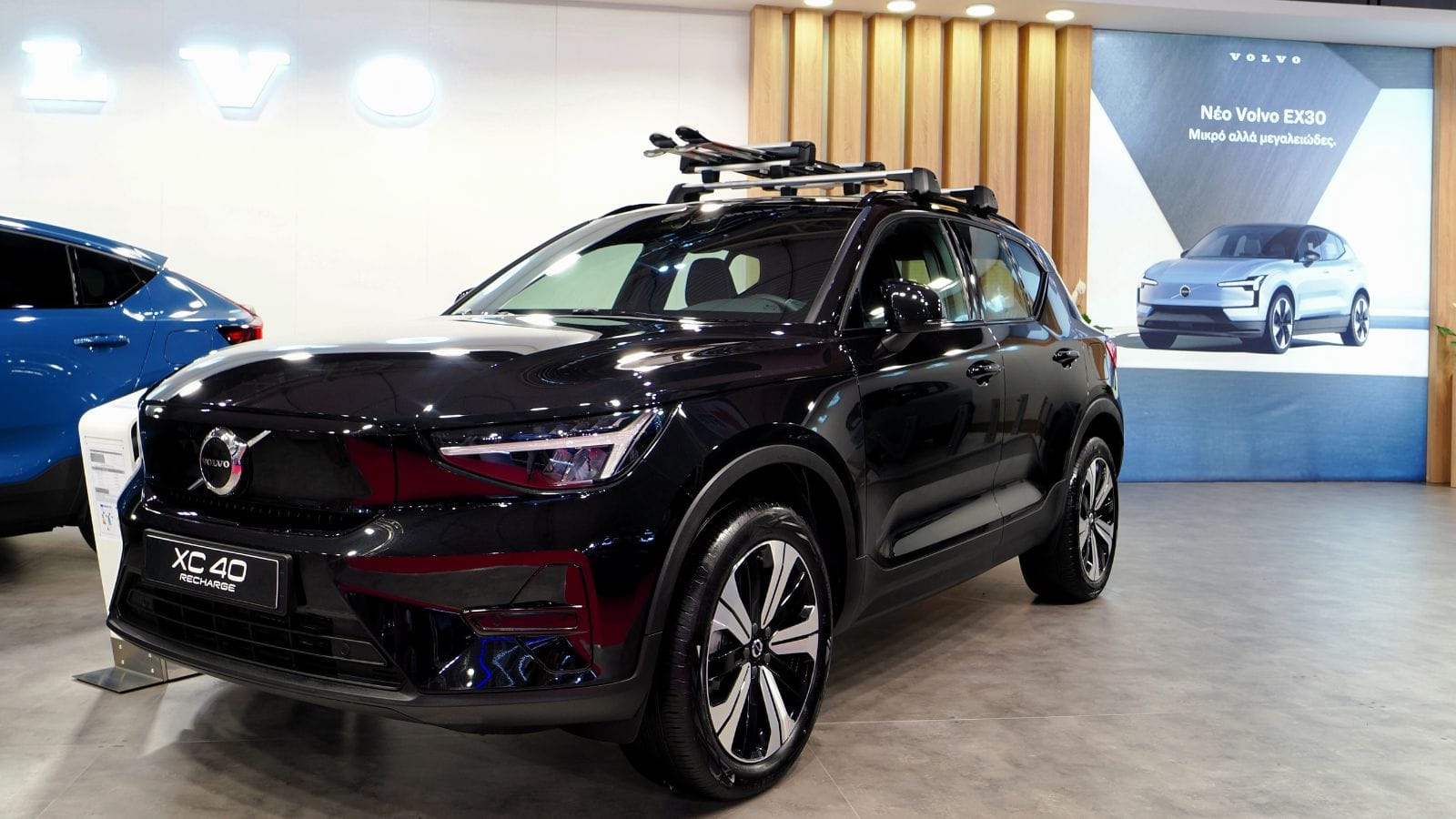
The XC40 Recharge Twin Ultimate blends Scandinavian design with EV muscle, with 402 hp and a blistering 0-100 km/h in just 4.9 seconds. But that performance comes with a rising price tag of over $66,000 to start. While its leather-free interior, panoramic sunroof, and advanced Google-integrated infotainment stand out, Canadian buyers are now grappling with the cost. Provincial incentives barely scratch the surface, and looming tariffs on imported European parts could push prices even higher. Once seen as a premium compact SUV with attainable luxury, the XC40 Recharge is becoming harder to justify for average Canadian families.
Polestar 2 Long Range Dual Motor
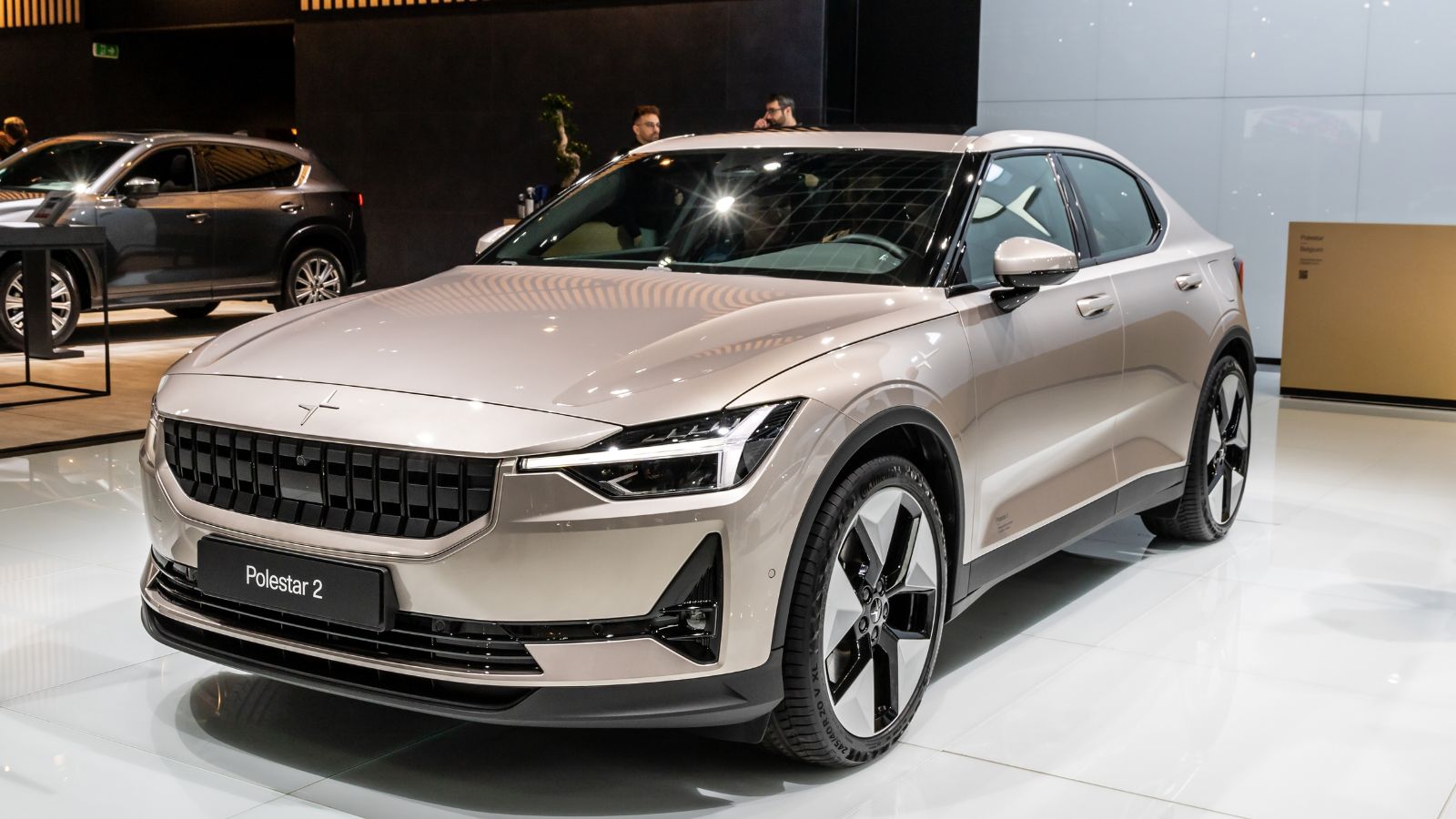
Polestar’s sleek design and performance credentials gave the two instant appeal in Canada, especially the Long Range Dual Motor trim boasting 416 hp and a 0-100 km/h time of 4.5 seconds. But affordability is fading fast. With pricing starting at roughly $61,000 and rising rapidly with extras, this EV’s Scandinavian simplicity now feels like a luxury indulgence. The cabin is modern and minimalist, featuring Google-native infotainment and vegan upholstery. Still, tariffs and reduced federal rebates have dulled its value, as it has become out of reach for Canadians looking for performance without breaking the bank.
Genesis GV60 Advanced AWD
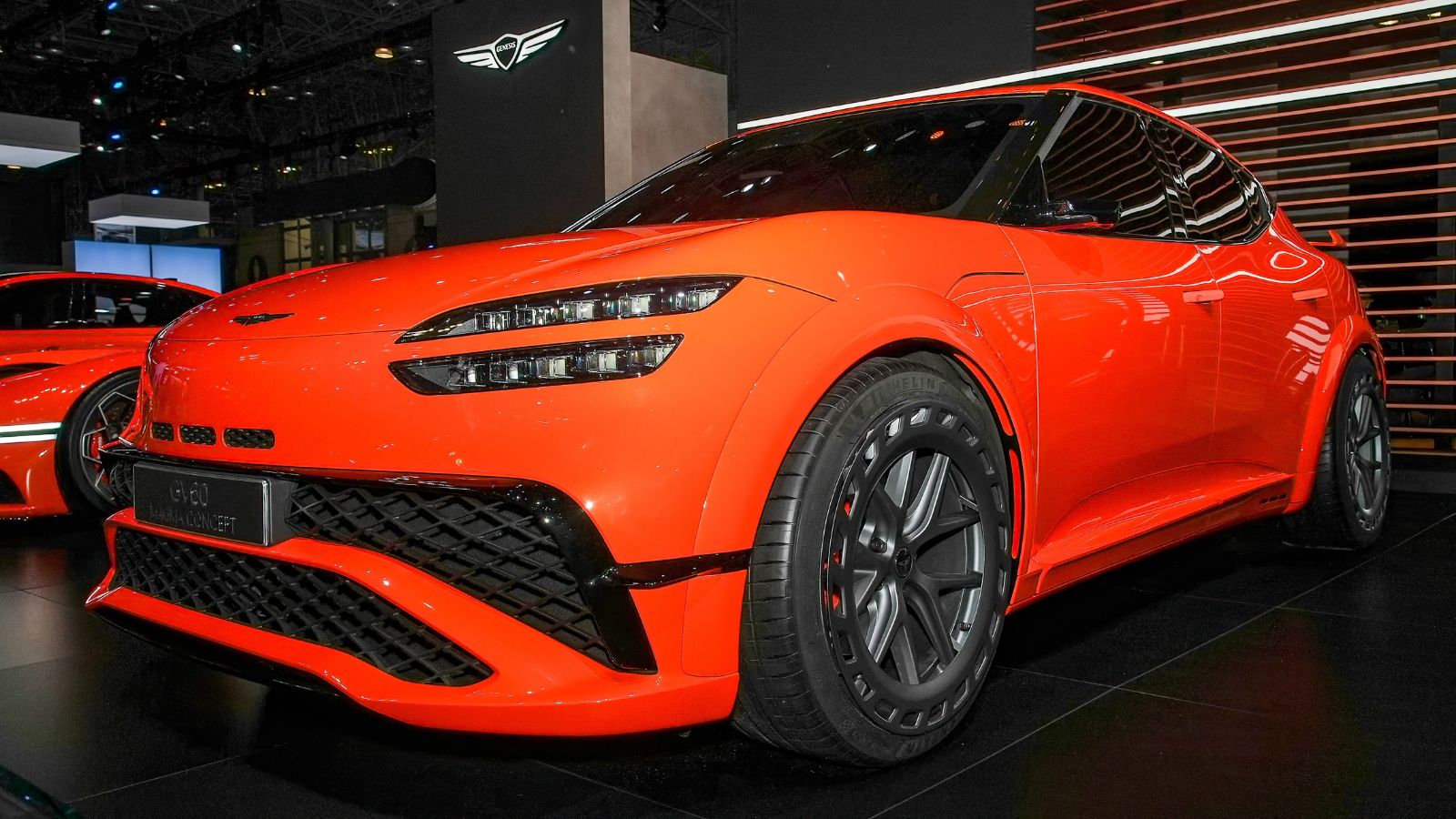
Genesis has made big waves with the GV60, but the Advanced AWD version, starting around $71,000, is no longer a hidden gem, but a full-on luxury item. The 314 hp dual-motor setup accelerates from 0-100 km/h in just under 5 seconds, while the cabin boasts a crystal gear selector, Nappa leather, and fingerprint authentication, rivaling European brands. But high tariffs and luxury tax thresholds make it a tough sell for most Canadians. Originally billed as an upscale EV at a lower price point, the GV60 is now squarely in premium territory and out of step with middle-income budgets.
Honda Prologue Touring AWD
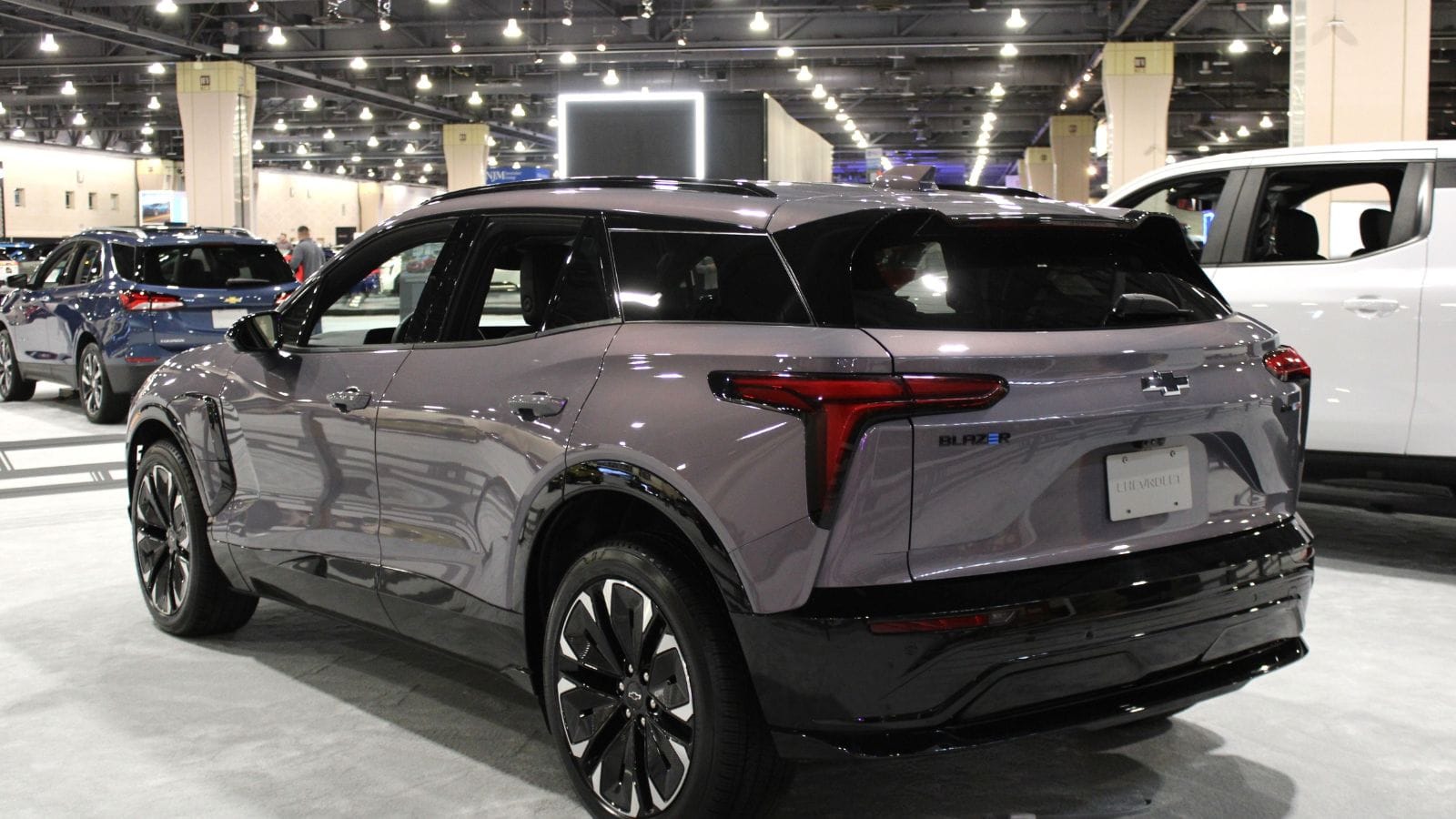
Honda’s long-awaited Prologue EV was supposed to be a game-changer for loyal buyers, but its Touring AWD version is landing at a hefty $64,000. Built on GM’s Ultium platform, it delivers about 288 hp and a 0-100 km/h time of roughly 6.2 seconds. Inside, the layout is functional and refined, with an 11.3-inch infotainment system and Google integration. Add in looming tariffs on battery components and reduced EV incentives, and the Prologue might skip over the very Canadians it was designed to attract.
Mercedes-Benz EQB 350 4MATIC
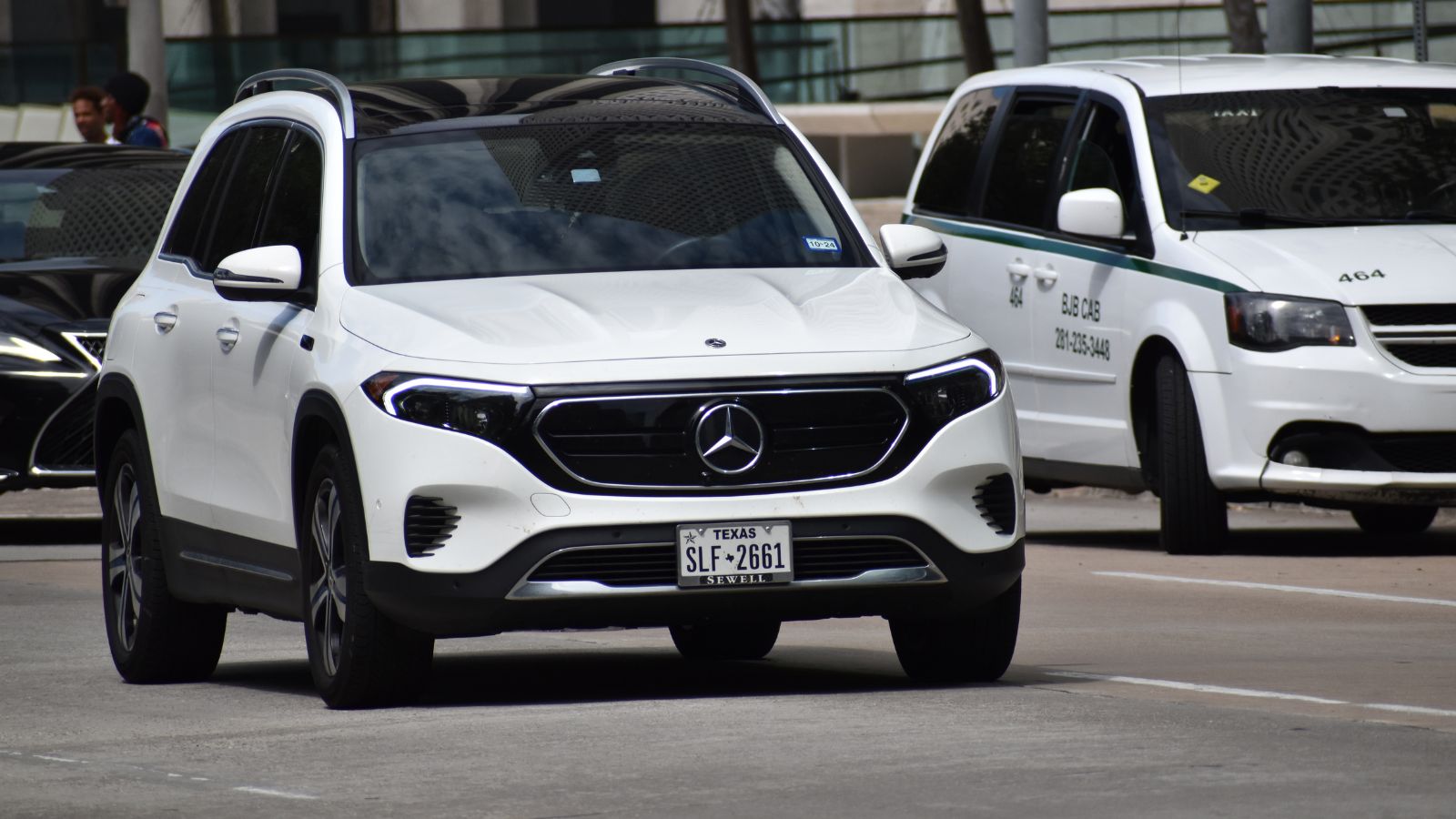
The EQB 350 4MATIC offers seven-seat flexibility and German engineering, but affordability isn’t part of the package. At around $69,000, the EQB’s 288 hp and 0-100 km/h in 6.2 seconds don’t come cheap. The cabin is upscale, with ambient lighting and Mercedes’ MBUX infotainment, but many Canadians are finding this compact SUV more aspirational than accessible. Tariffs on German imports could raise prices further, and few provinces offer meaningful relief on vehicles at this price point.
Hyundai IONIQ 5 Preferred AWD Long Range
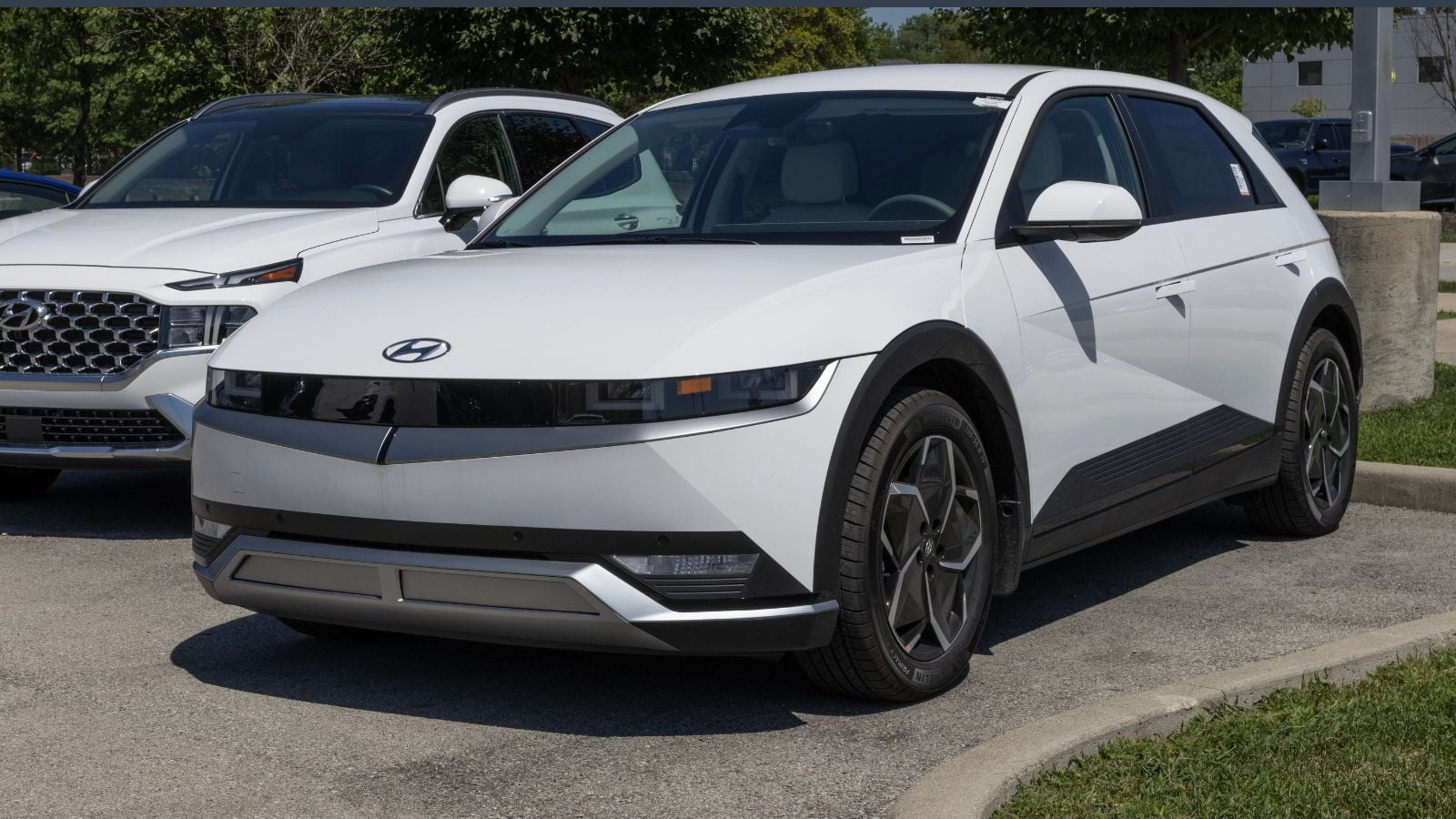
Once hailed as one of the most balanced EVs on the market, the Hyundai IONIQ 5 Preferred AWD Long Range now hovers around $60,000. With 320 hp and a 0-100 km/h time of 5.1 seconds, it is quick and practical, while the interior is airy and futuristic, offering flat floors, a sliding center console, and dual 12.3-inch displays. But with tariffs threatening key battery components and shipping costs rising, the price gap is closing between the IONIQ 5 and higher-end models, as the car inches toward a luxury buy for many Canadians.
Chevrolet Silverado EV RST First Edition
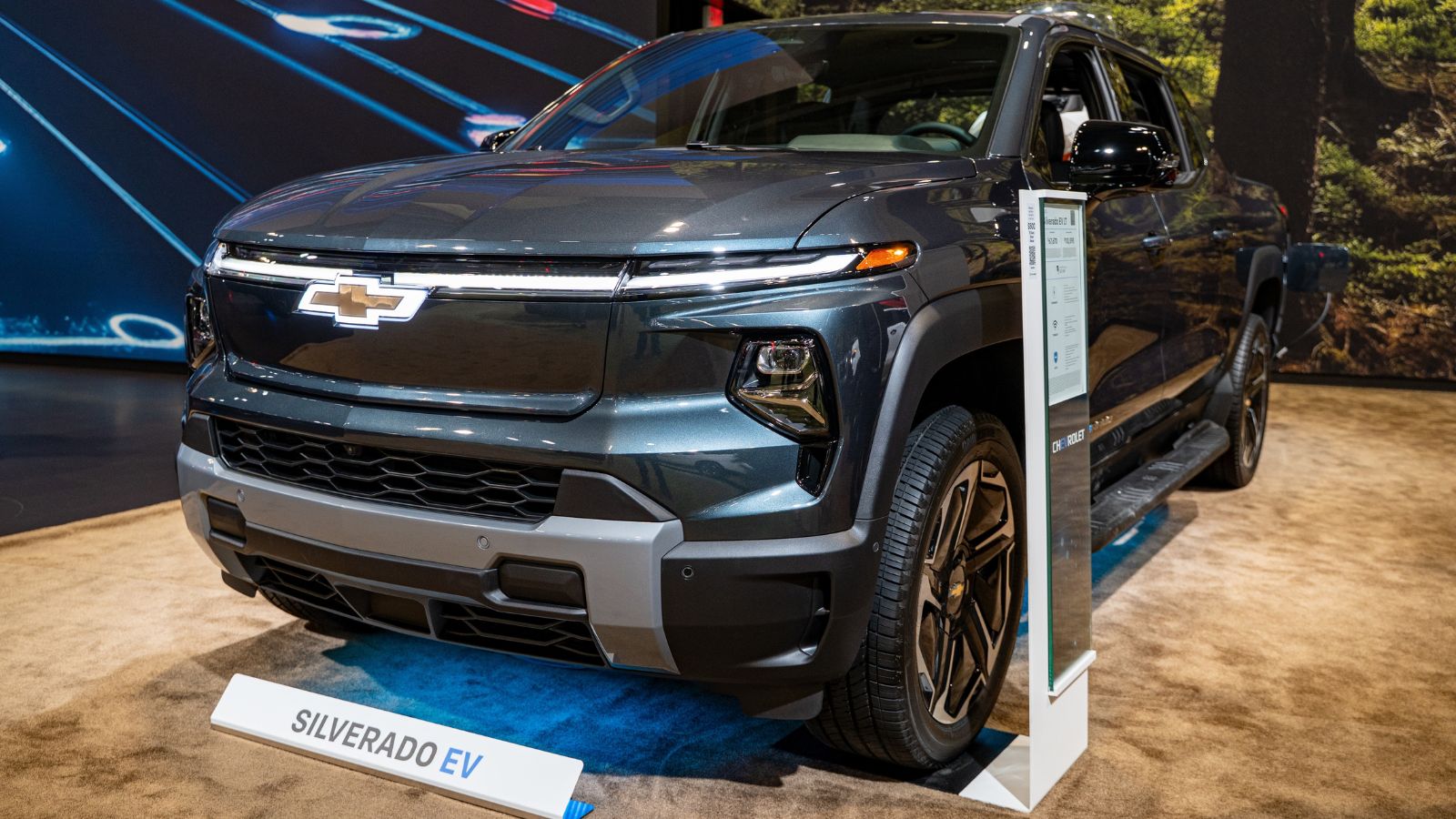
Chevy’s electric pickup wowed early with its 754 hp and 0-100 km/h time of under 4.5 seconds, but the Silverado EV RST First Edition comes at a shocking price, around $122,000. That’s before factoring in potential tariff hikes on imported components and aluminum. Its interior is spacious and tech-forward, with a massive 17-inch screen and GM’s Super Cruise hands-free driving system. Still, Canadians who thought this truck would bring EV power to the masses are backing away. Still, with few affordable trims available and pricing that rivals luxury SUVs, the Silverado EV is already priced out for most.
Mazda MX-30 EV GT
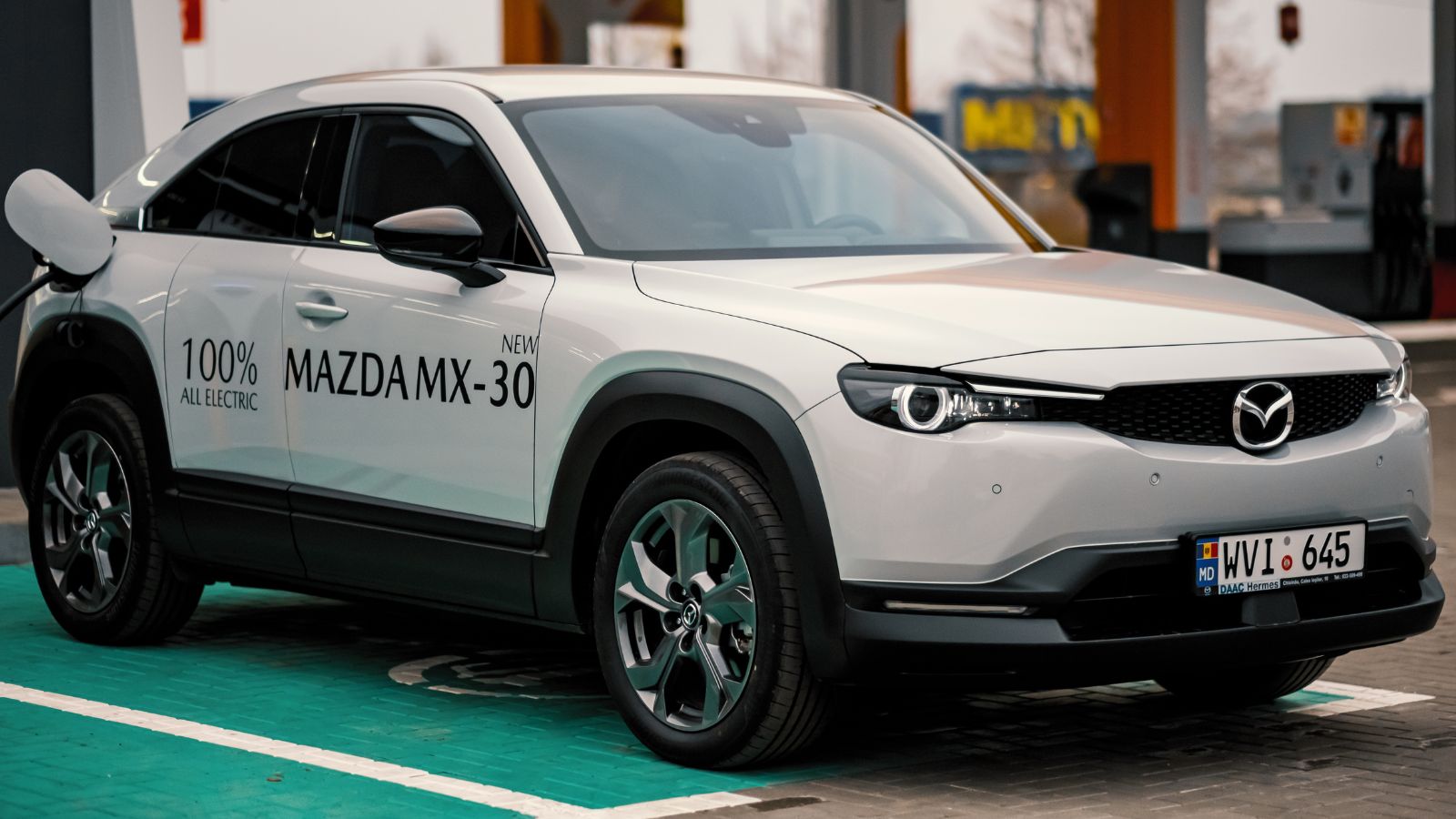
Mazda’s MX-30 GT comes with stylish intentions but falls short on value, and that gap is widening. Priced just under $50,000, it delivers only 143 hp and a slow 0-100 km/h time of nearly 10 seconds. The cabin is beautifully designed, with cork accents and sustainable materials, but the 161 km range is nearly unworkable for Canadian drivers outside urban cores. Tariffs may not hit this low-range EV as hard as others, but its already-questionable price-to-performance ratio could worsen.
Audi Q4 e-tron 50 quattro
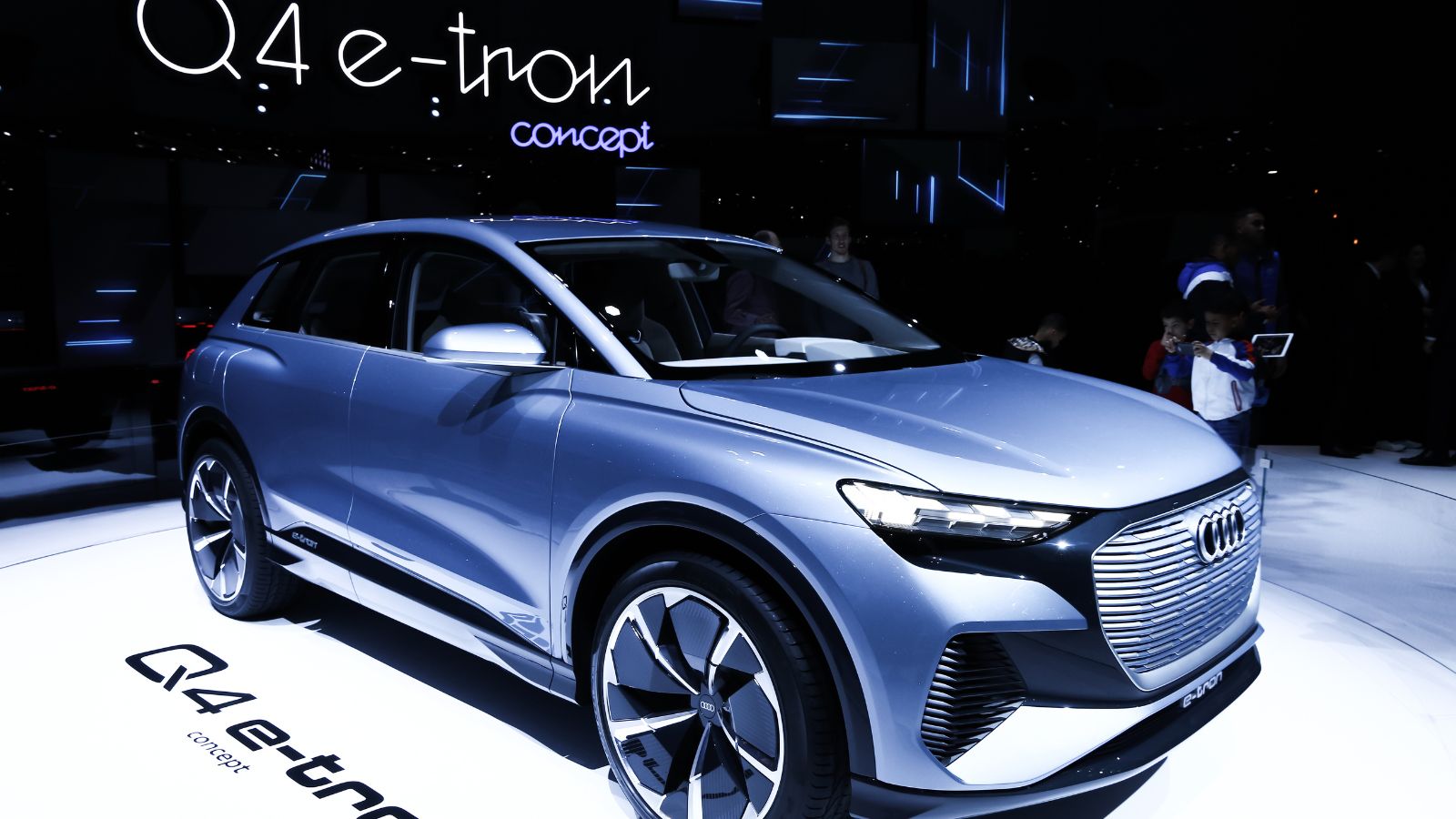
The Audi Q4 e-tron 50 quattro packs a dual-motor system with 295 hp and a 0-100 km/h time of 5.8 seconds, wrapped in a sleek SUV body. But at nearly $70,000, Canadians are reevaluating whether it offers enough luxury to justify the price. The interior feels like classic Audi, clean, digital, and upscale, but tariffs on European parts and battery components could send prices soaring even higher. Once positioned as Audi’s accessible EV entry point, the Q4 is now creeping into premium pricing territory, putting pressure on buyers who expected a more attainable electric option.
Mercedes-Benz EQE Sedan
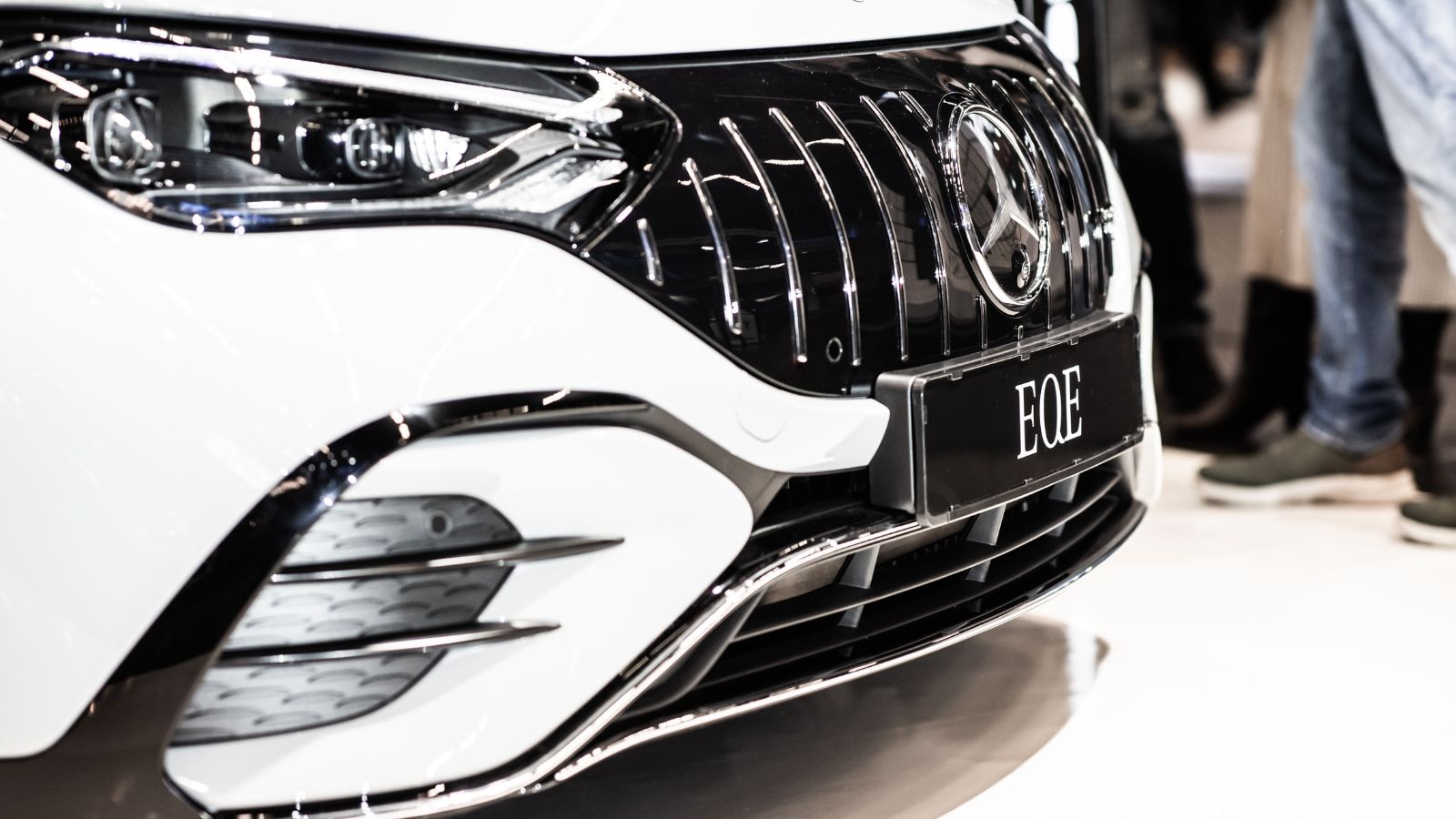
The EQE is Mercedes’ answer to the Tesla Model S, delivering up to 402 hp, a premium MBUX Hyperscreen interior, and a silky-smooth ride with a 550+ km range. Built in Germany and loaded with imported luxury tech, its price already starts around $85,000, and if tariff penalties hit luxury EVs hardest, as many analysts expect, this electric executive sedan could balloon well past $100,000 out the door. For Canadian buyers hoping to transition to zero-emission luxury without breaking the bank, the EQE may soon become symbolic of the very problem tariffs are meant to solve.
Subaru Solterra AWD Technology Package

The Subaru Solterra was meant to bring all-wheel-drive EV practicality to Canadian roads, but the version with the Technology Package is edging toward $62,000. That gets you dual motors with 215 hp and a 0-100 km/h time of around 6.9 seconds. Inside, it’s quiet and modern, with a 12.3-inch touchscreen, wireless Apple CarPlay, and Subaru’s renowned safety suite. Still, a limited range of up to 360 km and rising costs on Japanese imports due to tariffs have made it a tougher sell. Once viewed as the everyday EV for outdoorsy Canadians, the Solterra now feels frustratingly just out of reach.
BMW i4 xDrive40 Gran Coupe
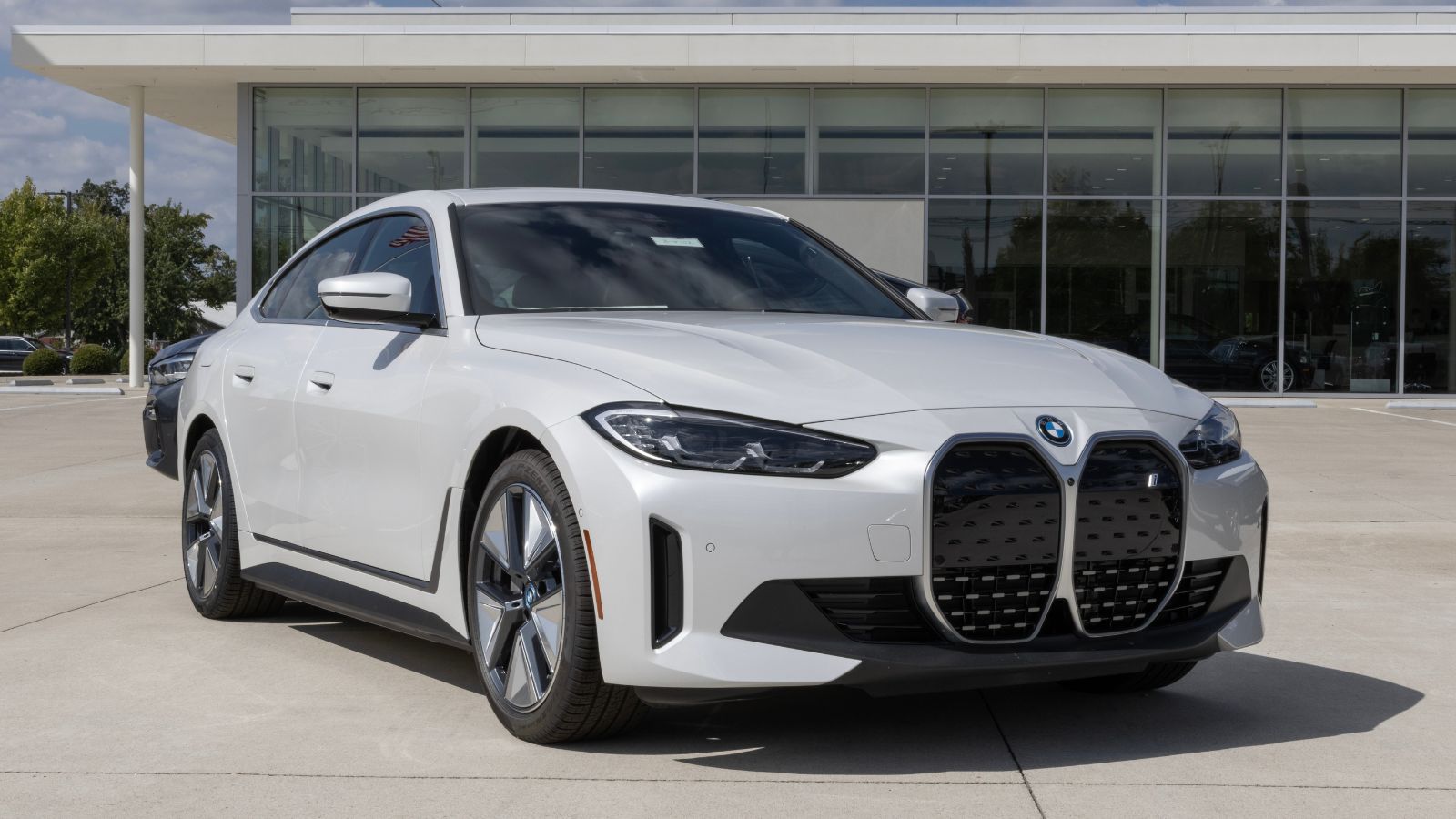
BMW’s i4 xDrive40 is a sleek, fastback EV sedan delivering 396 hp and a 0-100 km/h time under 5.2 seconds. It combines classic BMW performance with an elegant cabin featuring ambient lighting, curved displays, and high-end materials. But starting prices north of $73,000, and the potential for tariffs on German-made vehicles are pushing it firmly into luxury territory. Canadians who hoped this would be the next-gen 3 Series with electric benefits are now facing steep monthly payments. The i4 is still desirable, but it’s quietly slipping away from realistic consideration for anyone outside the top income brackets.
Kia EV9
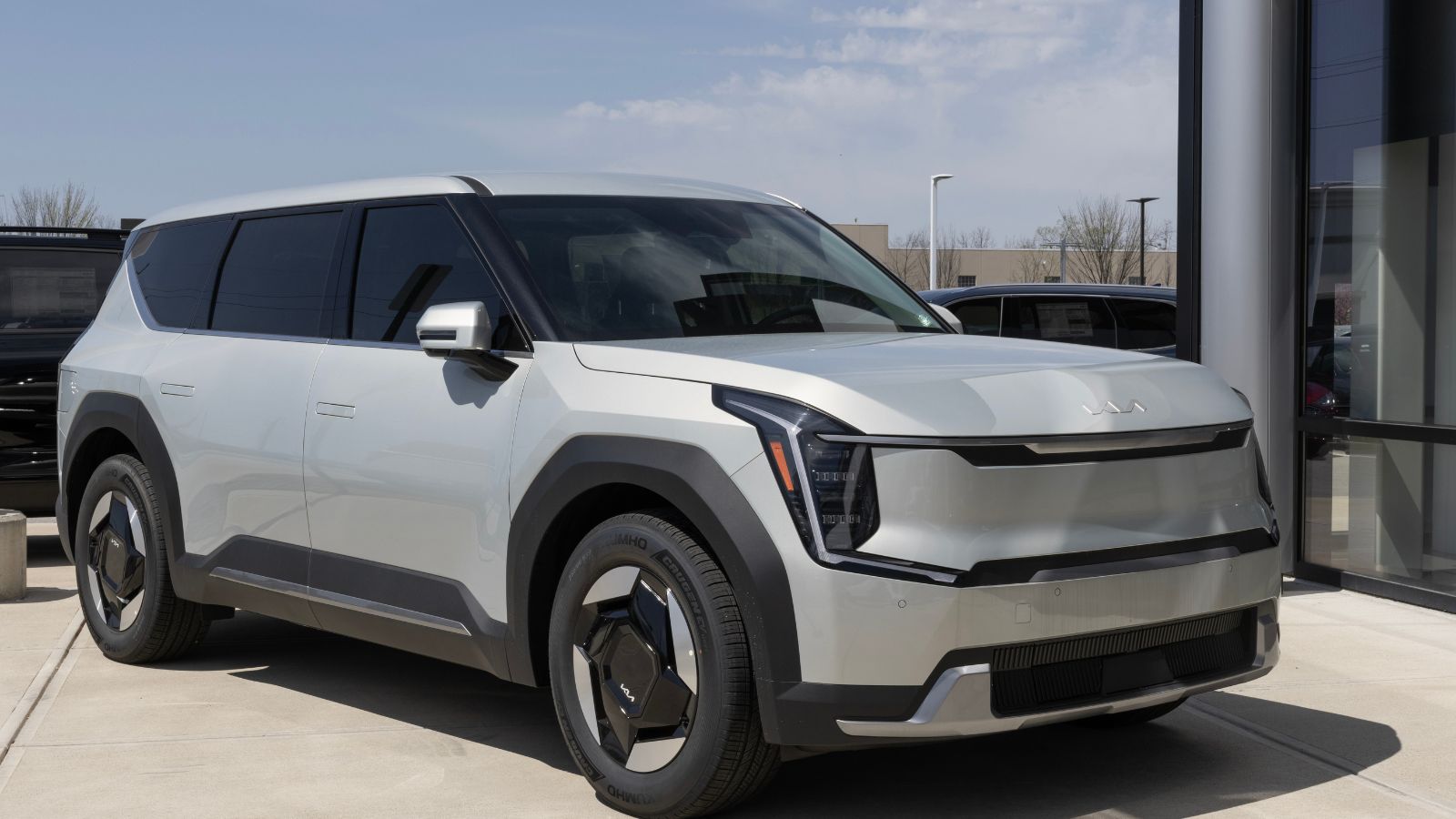
The Kia EV9, a three-row all-electric SUV, promises family-friendly utility wrapped in futuristic design. With up to 379 hp, AWD capability, and nearly 500 km of range, it is one of the few EVs that can realistically replace a minivan or large SUV. The interior boasts dual 12.3-inch displays, a head-up display, and optional second-row lounge seats. But production is based in South Korea, and with a starting price near $65,000, the EV9 is already near luxury territory. Add import tariffs, and what was marketed as a practical EV alternative could quickly price itself out of the Canadian mainstream.
25 Facts About Car Loans That Most Drivers Don’t Realize

Car loans are one of the most common ways people fund car purchases. Like any other kind of loan, car loans can have certain features that can be regarded as an advantage or a disadvantage to the borrower. Understanding all essential facts about car loans and how they work to ensure that you get the best deal for your financial situation is essential. Here are 25 shocking facts about car loans that most drivers don’t realize:
25 Facts About Car Loans That Most Drivers Don’t Realize
